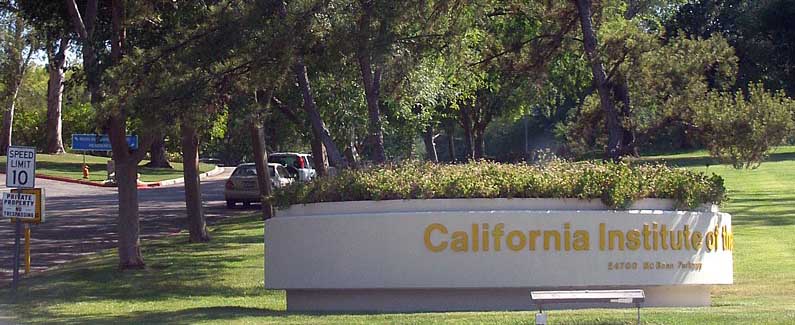
I first started teaching animation at CalArts in Los Angeles in 1996, back in the 2D days of hand-drawn animation, before CG muscled its way in to dominate the industry. I stayed there for two years, and since then have taught at many animation schools in North America and Europe, including Gnomon in Hollywood, Escape Studios in London, The Animation Workshop in Denmark, The Arts University at Bournemouth, and the University of Kent at Canterbury.
Every school teaches animation differently, and all the schools have their strengths and weaknesses. One of the most interesting aspects of teaching animation has been figuring out what works and does not work. Why do some students "get it", while others don't, and what can a good school do to make sure that every student keeps up and really learns how to master the craft? In short – what makes a great animation school?
The answer, I think includes at least some of the following:
- Great student reels. Qualifications are far less important than having a great reel. Prospective employers care far more about an excellent demo reel than they do about student grades. Employers want to know – can they put a new employee in front of a computer and know they will have something to show the client by the end of the week? Your demo reel is your calling card, your showcase of talent. It is what gets you hired.
- Contemporary technology. Lots of schools still teach hand-drawn 2D animation, but it is not clear what jobs are still available in this field. Animation is a technology-driven medium, and it is vital to learn the latest software. There are many good software packages available, including Maya, 3D Studio Max, and Softimage. Pick the package which is dominant in the place where you want to work. In London and Los Angeles, Maya is by a clear margin the leading software package for 3D animation.
- Good instructors with industry experience. The best schools recruit plenty of staff with recent experience of the animation industry, or have visiting tutors from industry to fill the gaps. Beware courses with a few long-standing tenured instructors, especially those with lean CVs.
- Clear focus. What is the school actually teaching? Animation is a broad term and means different things to different people. Does the school teach character and creature animation? Or is it teaching a broad range of multi-media skills?
- A good track record placing students in industry. Good schools get their students jobs. Some, like the Animation Workshop in Denmark, have a formal internship program which they support with extensive industry contacts and EU grants. Not all students will find work, and some may not want it, but a good school will work strenuously to give its students the right skills to find work in the business.
Here at Animation Apprentice we are determined to make sure that our students have the right skills and learn to use the right technology. Character and creature animation is a competitive field but there is constant demand for graduates with good skills, digital artists who can be relied upon to do the job. We hope that everyone who completes our course has a solid foundation to find work in the industry.
—-Alex